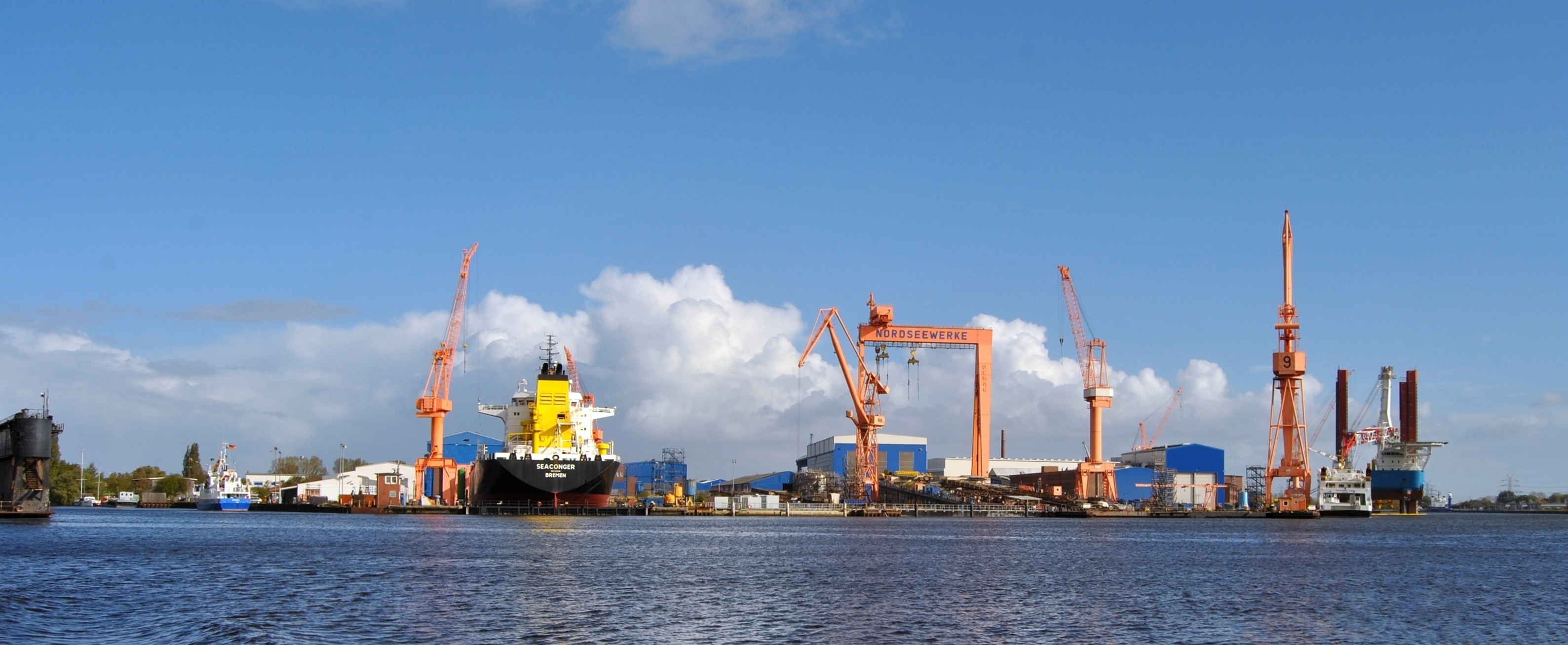|
Baco Liner
BaCo Liner an abbreviation for 'Ba'rge - 'Co'ntainer - Carrier, was a shipping service between Europe and Africa owned by Seerederei Bacoliner GmbH of Duisburg, Germany. It used a fleet of specialized barge carrying LASH vessels which have a very unusual design: they carry both conventional shipping containers, and barges that are loaded through twin doors in the bow, a kind of 'float in-float out' arrangement. This system of barges inside a larger ship allowed cargo to be discharged while at anchor mid-stream in African ports, avoiding port delays. The barges could be loaded up to 800 tonnes each, 12 could be loaded per ship. Container capacity was 500-650 TEU. Each vessel was approx. 205 m long, 28.5 m beam, operating on a loaded draught of 6.65 m. Gross tonnage 22345 tonnes, deadweight 21800 tonnes including 12 barges with 800 tonnes each. Service speed was 15 knots. In 2007, 24 Filipino crew of a Baco Liner vessel were kidnapped by pirates in Chanomi Creek, Nigeria. ... [...More Info...] [...Related Items...] OR: [Wikipedia] [Google] [Baidu] |
Nordseewerke
Nordseewerke Emden GmbH (sometimes abbreviated NSWE, in English: North Sea Company) was a shipbuilding company, located in the Emden Harbor of the north German city of Emden. Founded in 1903, shipbuilding ended in 2010, and the company was taken over by the ''Schaaf Industrie AG'', which among other products, makes components for off-shore systems. The shipyard employed some 1,400 people in 2010 and was the second-largest employer in Emden, following the plant of the Volkswagen automotive company. Today only few of the former coworkers of the shipyard are still employed with the new owner Schaaf, which also went insolvent in 2012. History Nordseewerke was founded on March 11, 1903, and was one of the oldest among the still-existing shipyards in Germany. Its successor was the ''Schaaf Industrie AG''. The company built merchant ships of all categories, but also ships for the Kaiserliche Marine during World War I, the Kriegsmarine later, and today's modern Deutsche Marine. T ... [...More Info...] [...Related Items...] OR: [Wikipedia] [Google] [Baidu] |
